Gallery: Remembering Scott’s Antarctic tragedy

Starving and frostbitten, Scott’s team reached the South Pole on 17 January 1912, 34 days after Amundsen’s team. Left to right: Captain Lawrence Oates, Lieutenant Henry Bowers, Captain Robert Falcon Scott, Dr Edward Wilson, Petty Officer Edgar Evans.
Photo Credit: Scott Polar Research Institute, University of Cambridge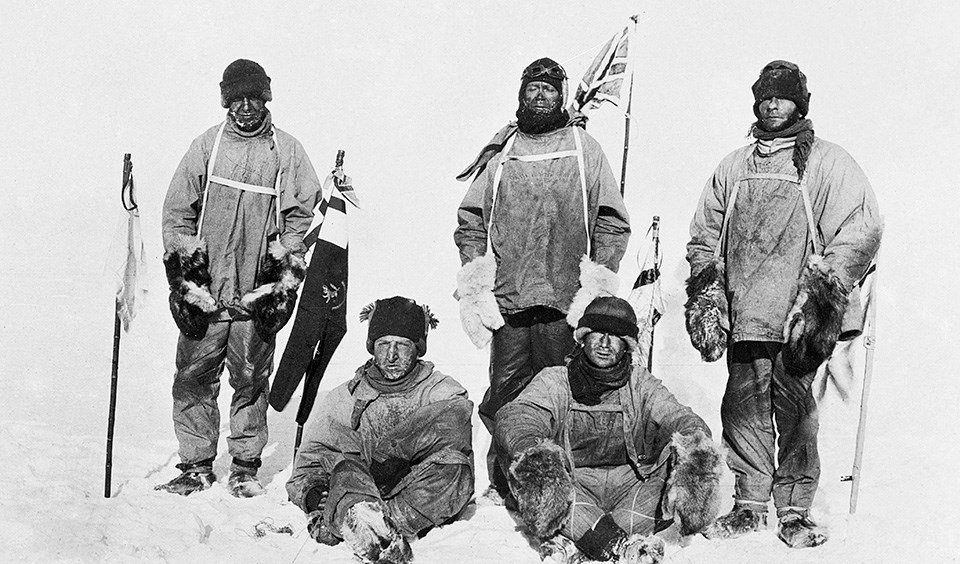
Captain Robert Falcon Scott, Antarctica. His journey to the geographic South Pole began on 1 November 1911.
Photo Credit: Scott Polar Research Institute, University of Cambridge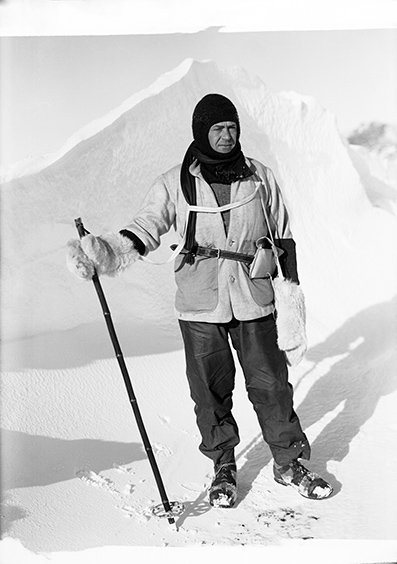
The former whaling ship, the Terra Nova, carried all the crew’s supplies – including 900kg of oatmeal, 2300kg of sugar, 150 bottles of anchovies and 17 cases of baked beans.
Photo Credit: Herbert Ponting/Canterbury Museum, NZ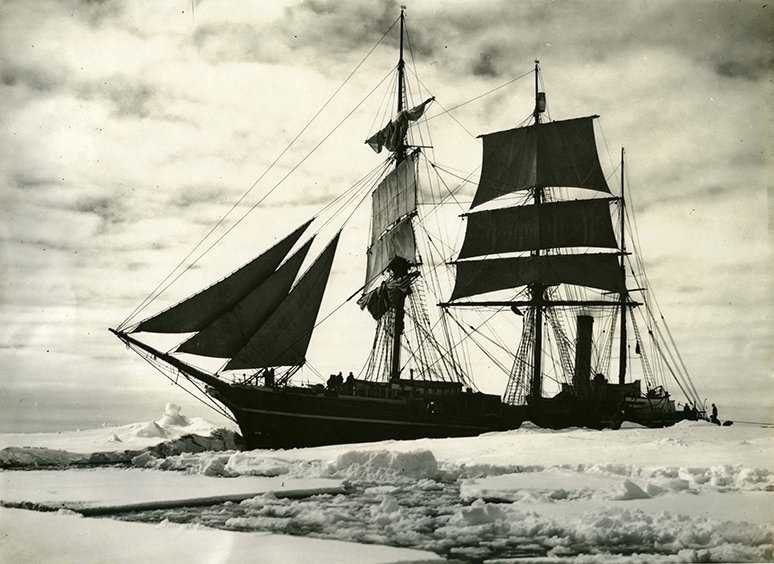
Twenty five expedition members lived at Scott’s base camp at Cape Evans. Five of them would make the fatal trip to the South Pole.
Photo Credit: Herbert Ponting/Canterbury Museum, NZ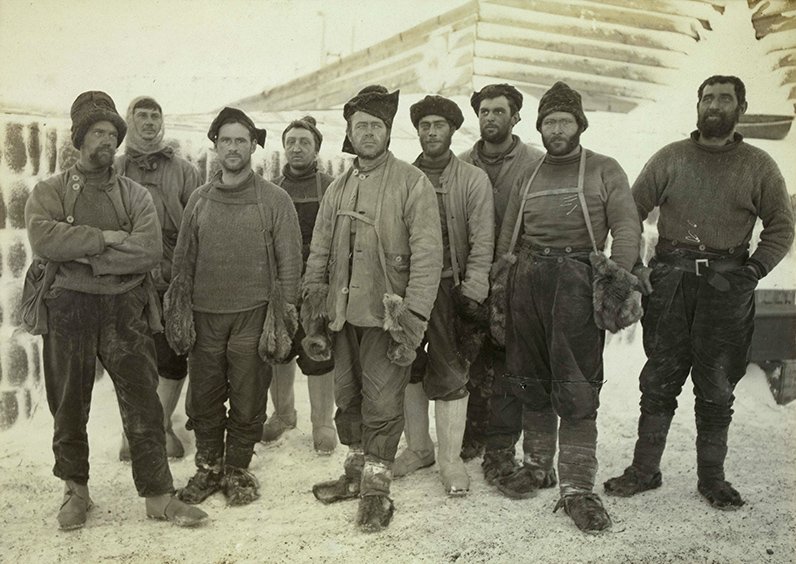
In their free time at base camp, the men occupied themselves by playing chess, listening to music, and putting on plays. Here, Scott celebrates his birthday at Cape Evans on 6 June 1911.
Photo Credit: Herbert Ponting/Canterbury Museum, NZ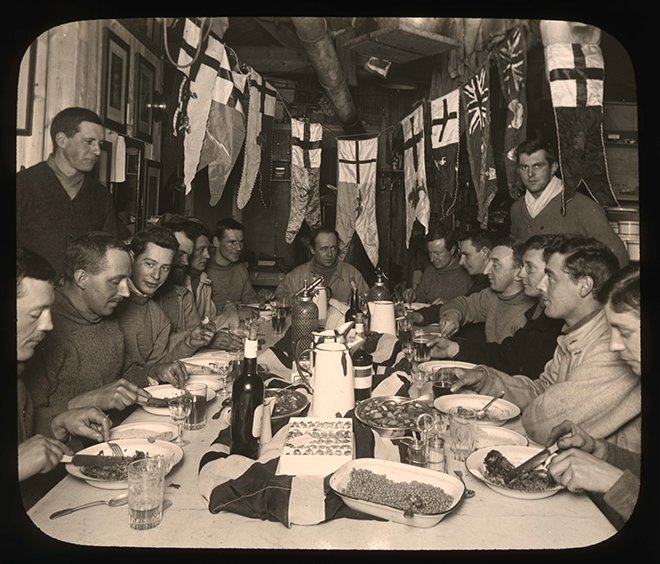
Captain Robert Falcon Scott and his men at the South Pole, which they reached on 17 January, 1912. Left to right: Scott, Bowers, Wilson, and P. O. Evans.
Photo Credit: Wikimedia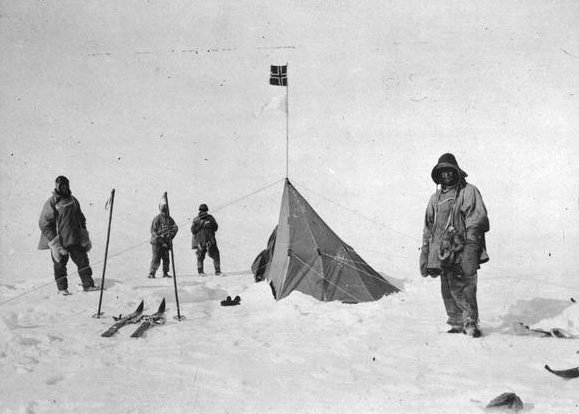
Photographer Herbert Ponting documented life inside and outside the expedition hut. By analysing poignant letters and diaries written by team members, historians have created a vivid picture of what life was like on the expedition.
Photo Credit: Herbert Ponting/Canterbury Museum, NZ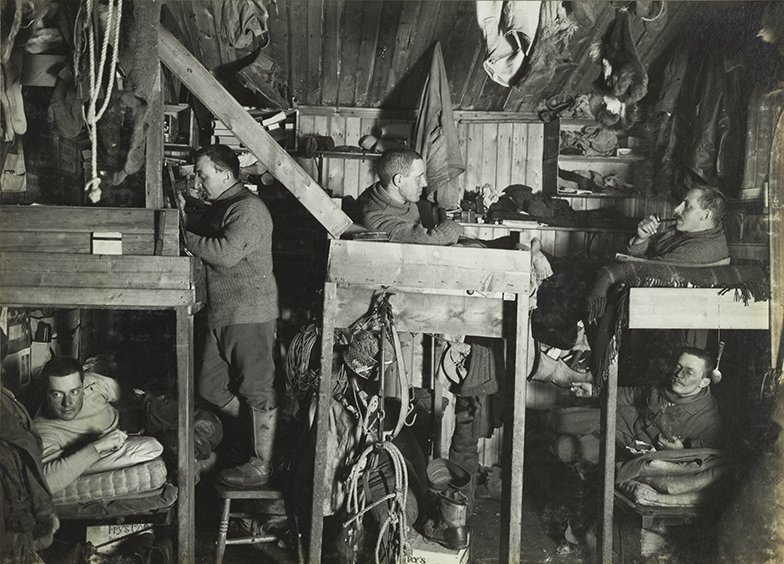
Herbert Ponting/Pennell Collection/Canterbury Museum, NZ
Photo Credit: Herbert Ponting/Canterbury Museum, NZ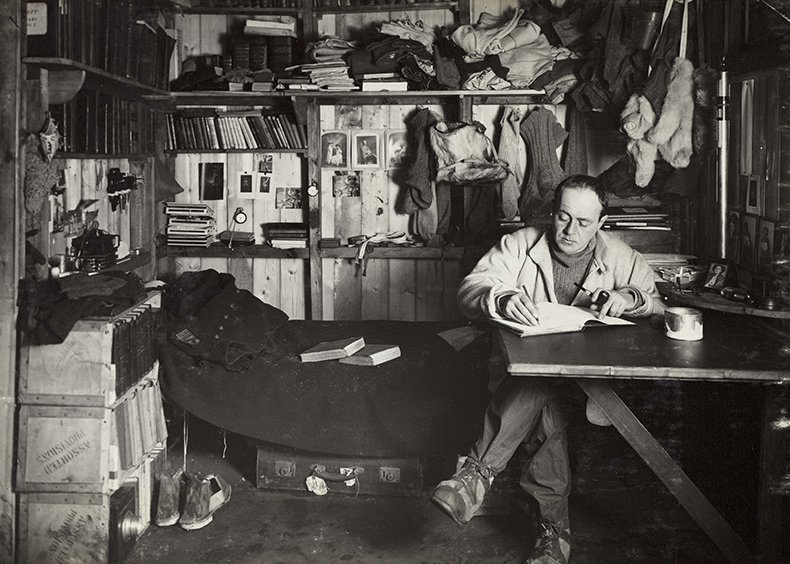
The team conducted extensive scientific research in addition to their quest to reach the South Pole first. Leading zoologists, geologists, meteorologists and physicists joined the expedition, and they made some of the most groundbreaking polar discoveries of the age.
Photo Credit: Herbert Ponting/Canterbury Museum, NZ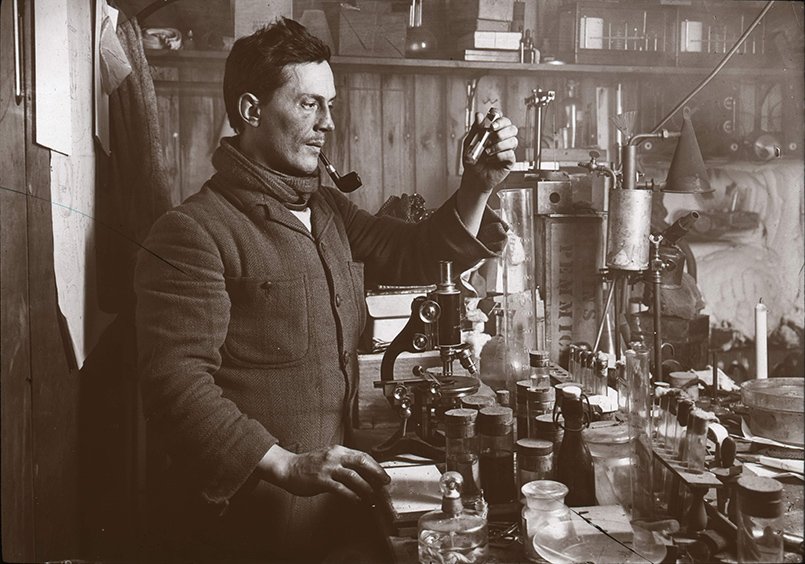
The map shows the separate routes Scott and Amundsen took to the geographic South Pole. Amundsen’s team beat Scott’s by 34 days.
Photo Credit: Wikicommons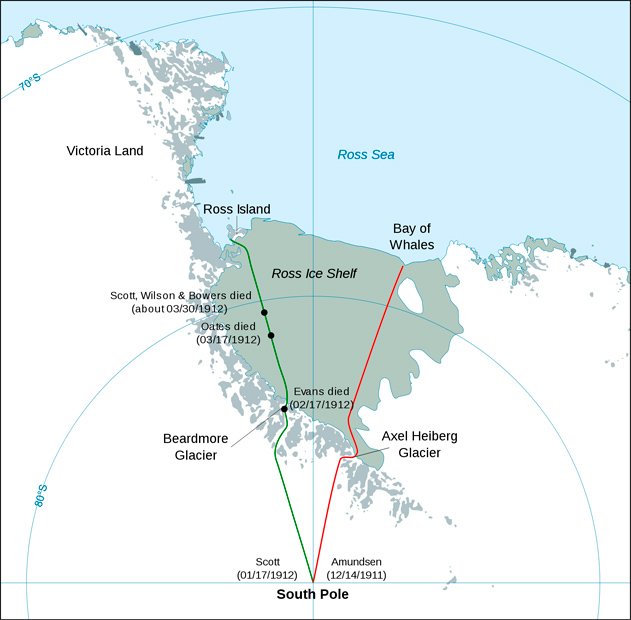
Scott’s last diary entry, presumably written on the day he died, reads:
“I do not think we can hope for any better things now. We shall stick it out to the end, but we are getting weaker of course and the end cannot be far. It seems a pity but I do not think I can write more.
R. Scott.
For God’s sake look after our people.”
Photo Credit: Wikimedia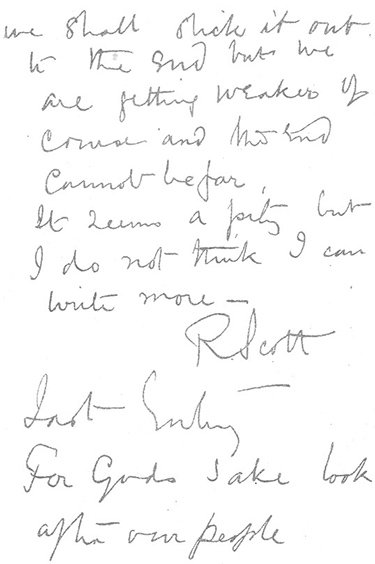
Expedition members Taylor and Wright stand at the entrance of an ice grotto near Cape Evans. Their ship Terra Nova is anchored in the background.
Photo Credit: Wikimedia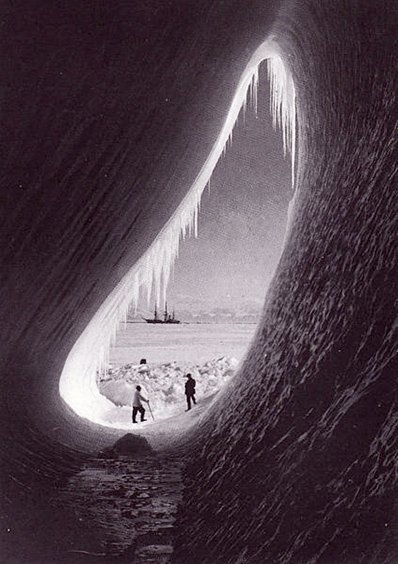
A sled dog from Scott’s Terra Nova expedition listening to music coming from a gramophone
Photo Credit: Wikimedia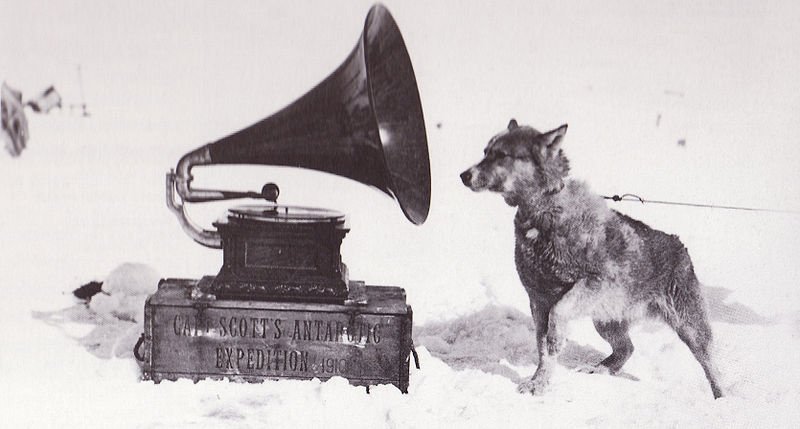
George Murray Levick, British Antarctic explorer, member of Robert Falcon Scott’s Antarctic expedition of 1910-1913, skins a penguin aboard the Terra Nova.
Photo Credit: Wikimedia
Sir Charles Seymour Wright, member of Robert Falcon Scott’s Antarctic expedition of 1910-1913.
Photo Credit: Wikimedia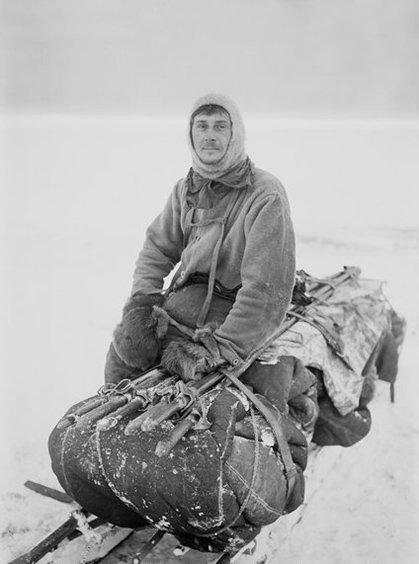
Edward W. Nelson, British biologist and member of Robert Falcon Scott’s Antarctic expedition of 1910.
Photo Credit: Wikimedia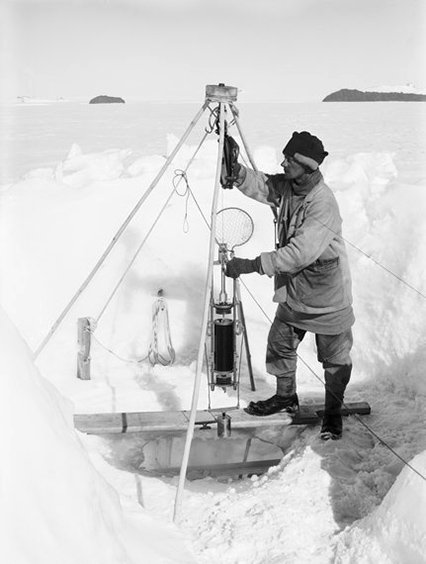
A temporary camp of Scott’s Terra Nova expedition with supplies, sled dogs and tent.
Photo Credit: Wikimedia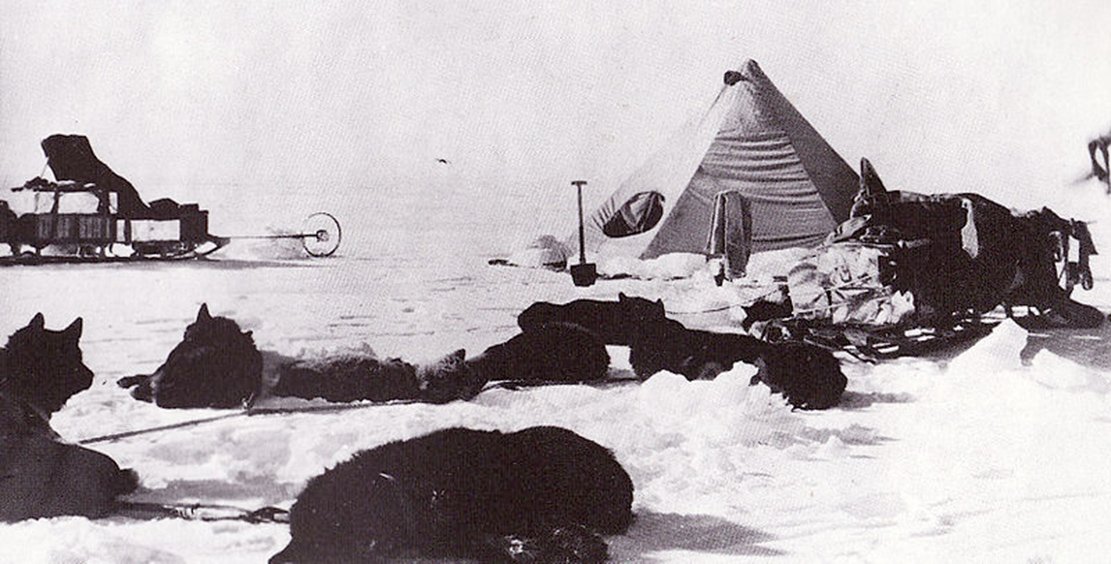
Scott’s South Pole team haul their sleds full of supplies on the way back to the base camp at Cape Evans.
Photo Credit: Wikimedia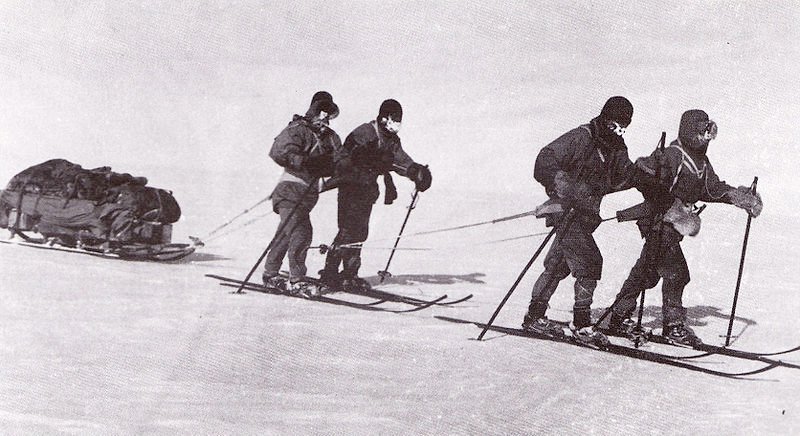
Sir George Clarke Simpson, British meteorologist and member of Robert Falcon Scott’s 1910 Antarctic expedition.
Photo Credit: Wikimedia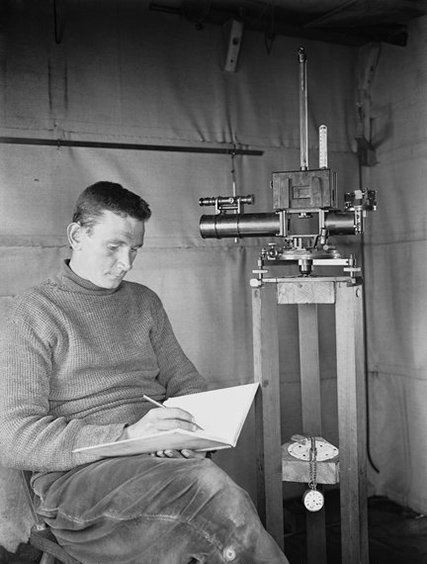
Tom Crean and the pony “Bones”, in October, 1911, just before his 650km march across the Great Ice Barrier.
Photo Credit: Wikimedia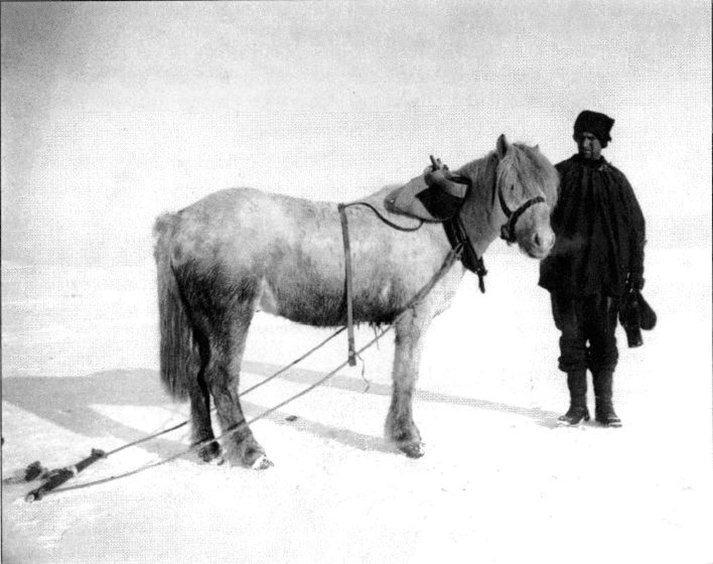
A photograph of icebergs from Scott’s last expedition, by Herbert Ponting.
Photo Credit: Herbert Ponting/Wikicommons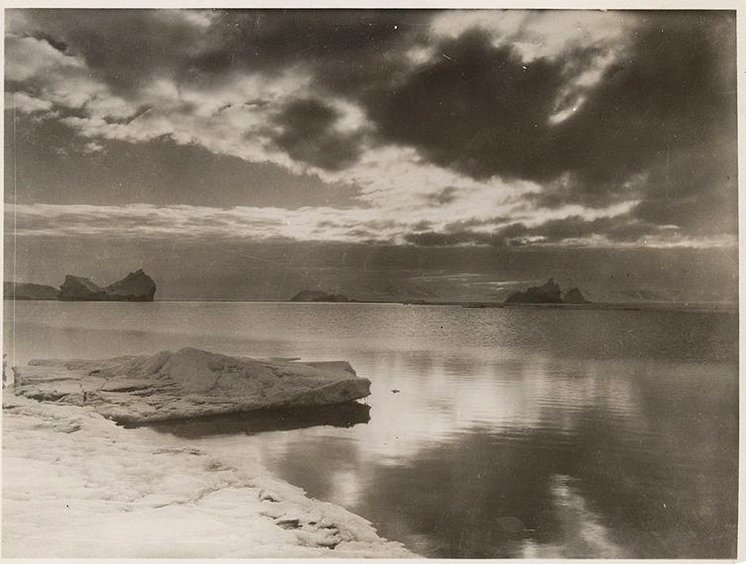
Mealtime during the Terra Nova expedition. From left to right: Evans, Bowers, Wilson and Scott.
Photo Credit: Wikimedia
Captain Lawrence Edward Grace Oates. Oates perished along with Scott and three other men on the return journey from the South Pole.
Photo Credit: Herbert Ponting/Wikicommons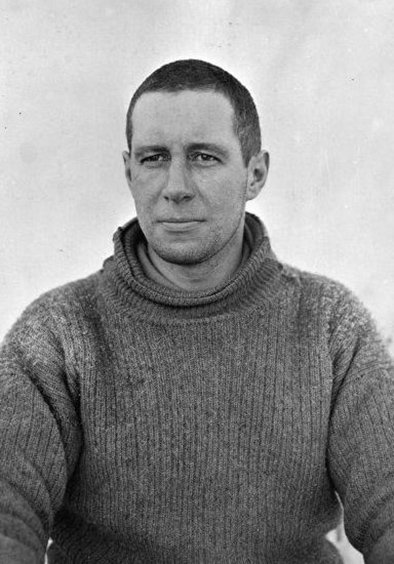
Lawrence Oates’ role was to look after the ponies Scott intended to rely upon for hauling gear to set up camps and bases on the push for the South Pole. Scott eventually selected him as one of the five-man party who would travel the final distance to the Pole – and tragically pay the ultimate price.
Photo Credit: Wikimedia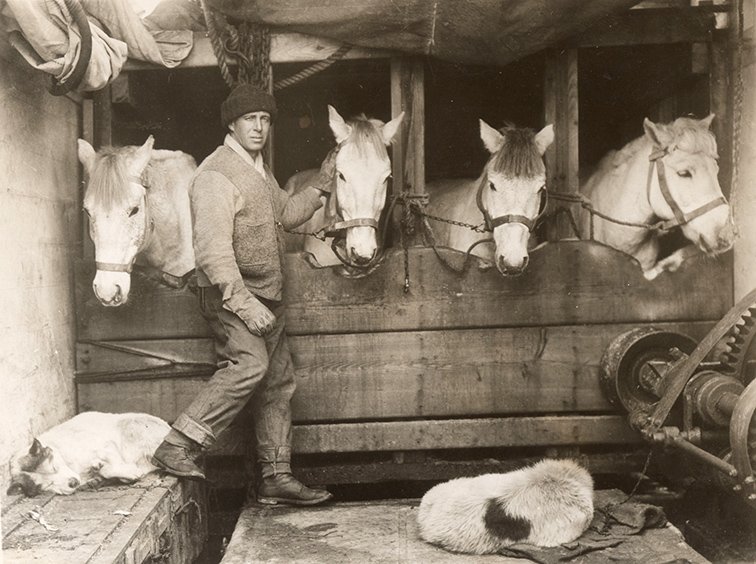
Apsley George Benet Cherry-Garrard was an English explorer of Antarctica and member of Robert Falcon Scott’s Antarctic expedition of 1910.
Photo Credit: Wikimedia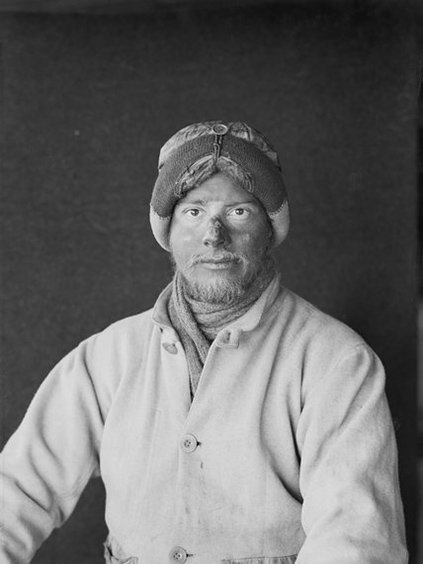
Home Topics History & Culture Gallery: Remembering Scott’s Antarctic tragedy


